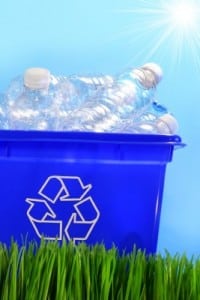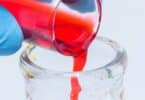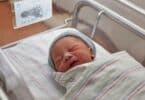
The EWG looked at the websites and labels of over 170 bottled water brands to see how information the consumers are being given. For most brands, a distinct lack of information was found. Of the top ten domestic brands, only one offers enough information to consumers about the safety and purity of bottled water.
Of the domestic brands, Nestlé’s Pure Life Purified Water is the only one that provides information on the label about the water source and the treatment methods used to purify the water. The company also includes an 800 number for consumers to call to get more information on the water quality.
The EWG looked for three main points when studying the various bottled waters.
- Where does the water come from?
- Is it purified? How?
- Have tests found any contaminants?
In the US, the Food and Drug Administration (FDA) does not require bottled water brands to disclose the results of their yearly water quality tests. Because of this, the EWG has begun releasing an annual Bottled Water Scorecard that documents which brands release information about their water to consumers. Although there have been improvements among many companies in the last few years, there are still many things that are not disclosed to the public.
“The industry’s lack of information on source, purity and treatment of bottled water isn’t some coincidence,” said Jane Houlihan, EWG’s senior vice president for research. “Bottled water companies try hard to hide any information consumers may find troubling. They don’t tell where the water comes from and what pollutants they may have found. Their ads depict mountain streams and natural springs. Yet nearly half the time, according to the industry’s own statistics, they’re bottling tap water.”
Many companies use advertising hype to sell their bottled waters, claiming the water comes from tropical settings and clean rainwater. However, a Beverage Marketing Corporation’s annual report in 2009 found that 47.8 of bottled water is basic tap water.
“Water bottlers are clearly having difficulty reading the writing on the wall or else there would already be clearer writing on their labels,” said Leslie Samuelrich, Chief of Staff for Corporate Accountability International. “The public is calling on corporations like Coke to label the source of its water. State governments are calling for it. Congress is calling for it. The longer the industry avoids transparency, the more it forces the hand of civil servants to advocate the consumer’s right to know.”
Many parents choose bottled water over sugary soda and juices when purchasing drinks for their children on the go. This report shows that despite making an effort to make the better choice, parents are still in the dark about what their children are actually drinking. Food & Water Watch Executive Director Wenonah Haute says parents are safer choosing water from a source that they know has been tested and controlled, the water that comes from their own kitchen sinks. Not only is this water quality and source required to be disclosed to the public, choosing tap water also eliminates much of the environmental waste that comes from plastic bottles that are tossed. – Summer, staff writer
Related Articles:






